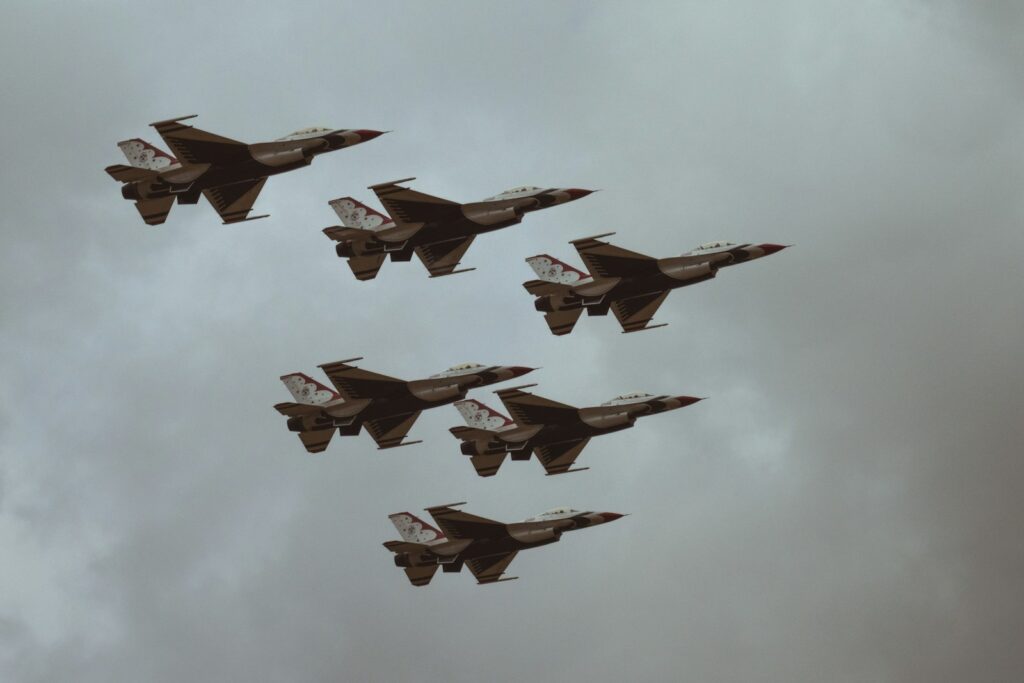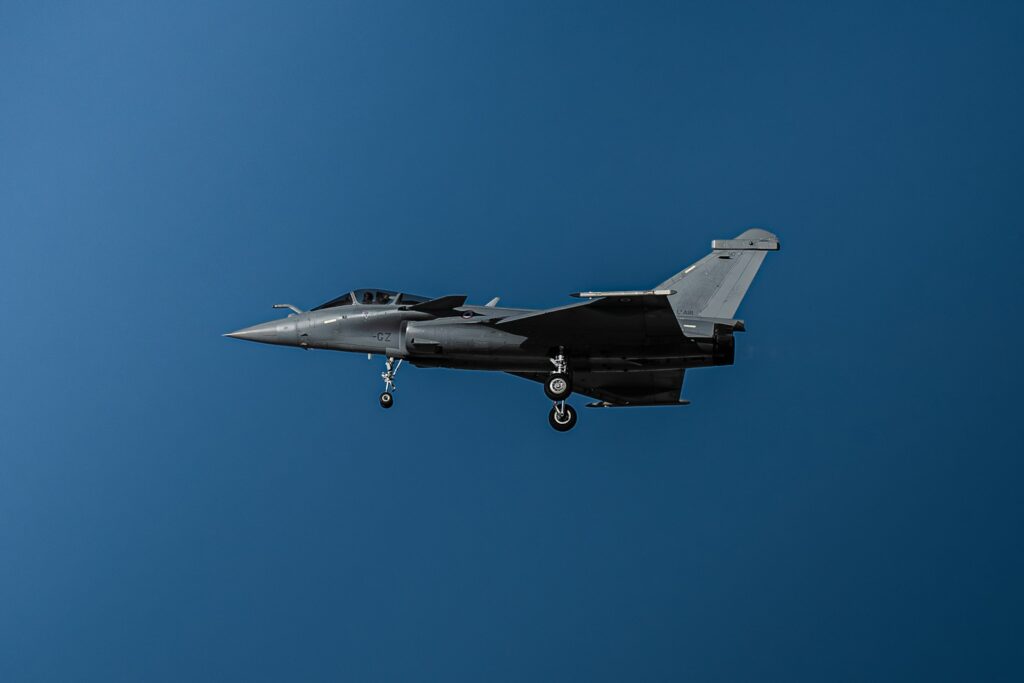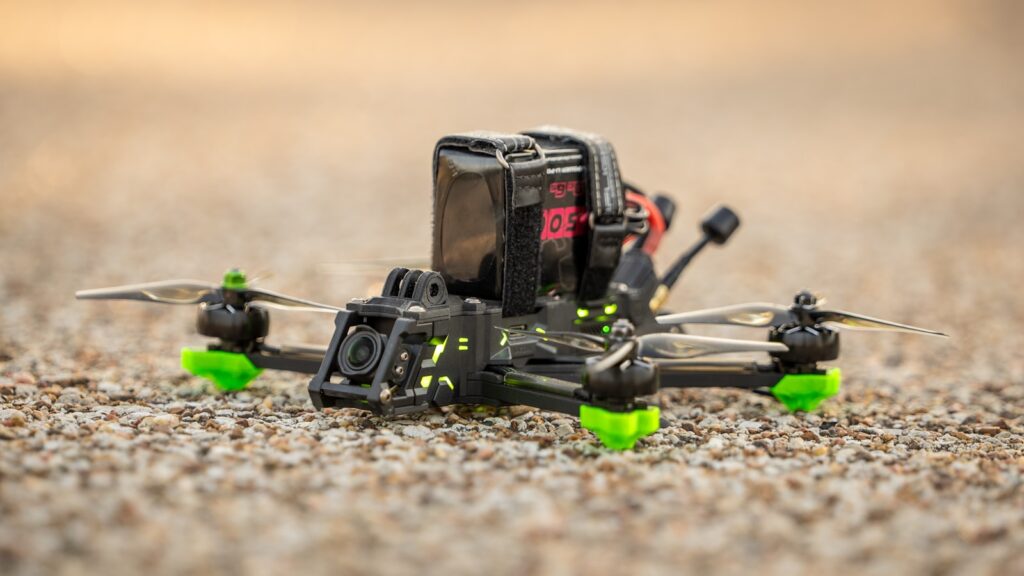Ukrainian forces recently executed a series of daring drone strikes deep inside Russian territory, targeting several key airfields. These operations, described by some as audacious and meticulously planned, aimed to disrupt Russia’s aerial capabilities used in attacks against Ukraine. The strikes have drawn significant attention for their reach and apparent effectiveness against sites previously thought to be relatively secure due to their distance from the front lines.
The success of these strikes highlights evolving tactics in modern conflict, where relatively low-cost unmanned systems are being employed to target high-value military assets. This has led to a reassessment of defense strategies and base security, not only in Ukraine and Russia but also among international partners, particularly in the United States. The method of operation, bypassing traditional air defenses through novel approaches, suggests a new phase in the technological and tactical arms race shaping contemporary warfare.
Analyzing the details of these strikes provides valuable insights into the challenges and innovations emerging on the battlefield. From the selection of distant targets to the techniques used to deliver and control the drones, the operation offers several key points for understanding the current state and future direction of military engagements. The impact extends beyond the immediate damage inflicted, raising questions about vulnerability, preparedness, and the strategic implications for defense infrastructure globally.
Ukrainian Special Operations Forces, in collaboration with the Security Service of Ukraine and other units, conducted a series of coordinated nighttime operations targeting Russian airfields. New footage released shows the precision with which the Ukrainians struck key locations, damaging or destroying military aircraft. This campaign represents a significant effort to weaken Moscow’s aerial capabilities and reduce its ability to conduct airstrikes on Ukrainian territory.
The operation has been characterized as audacious and daring due to the depth of the strikes and the targets involved, including bases housing strategic bombers and surveillance planes. Military officials indicated that a significant number of Russian aircraft were hit across several airfields, with some reportedly destroyed and others damaged. The success of this coordinated effort has been noted by international analysts.
A senior research fellow at the Royal United Services Institute in London described the attack as “a stunning success for Ukraine’s special services.” The potential impact on Russia’s Long Range Aviation force and its capacity to maintain large-scale cruise missile salvos against Ukrainian cities and infrastructure, while also sustaining nuclear deterrence and signaling patrols, was highlighted as a significant consequence if the claimed damage is confirmed.
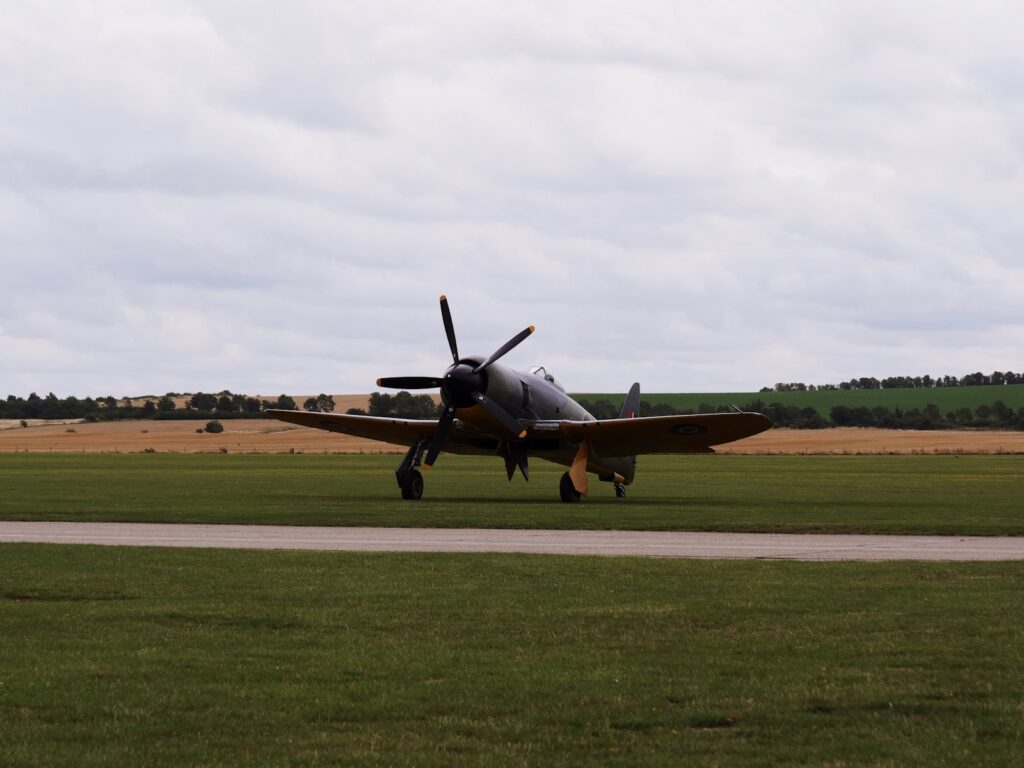
The attacks targeted multiple airfields located far inside Russia. The farthest base hit was the Belaya base in the Irkutsk region, approximately 4,500 kilometers (2,800 miles) from Ukraine’s border. Other targets included the Olenya base near Murmansk in the Arctic Circle, over 2,000 kilometers (1,200 miles) from Ukraine, and the Diaghilev airbase in Ryazan Oblast, about 520 kilometers (320 miles) from the border. The Ivanovo air base, a base for Russian military transport aircraft, some 800 kilometers (500 miles) from the border, was also targeted. A visual shared by the SBU also indicated another base in the eastern Amur region as a target, though it was unclear if an attack there occurred or was successful.
The considerable distances involved made these sites likely seem secure to Russia. Conventional long-range missile systems supplied to Ukraine by allies, such as US-made ATACMS and British-French Storm Shadows, do not possess the range to strike this deep inside Russian territory. While Ukraine has used drones against targets inside Russia before, their relatively low speed often makes them vulnerable to Russian air defenses.
This operation demonstrated an ability to overcome the geographical barrier, effectively bringing the conflict to locations previously considered safe havens for Russian strategic aircraft. The selection of targets deep within Russia underscored Ukraine’s intent to strike high-value assets and disrupt operations at their source, far from the immediate front lines.
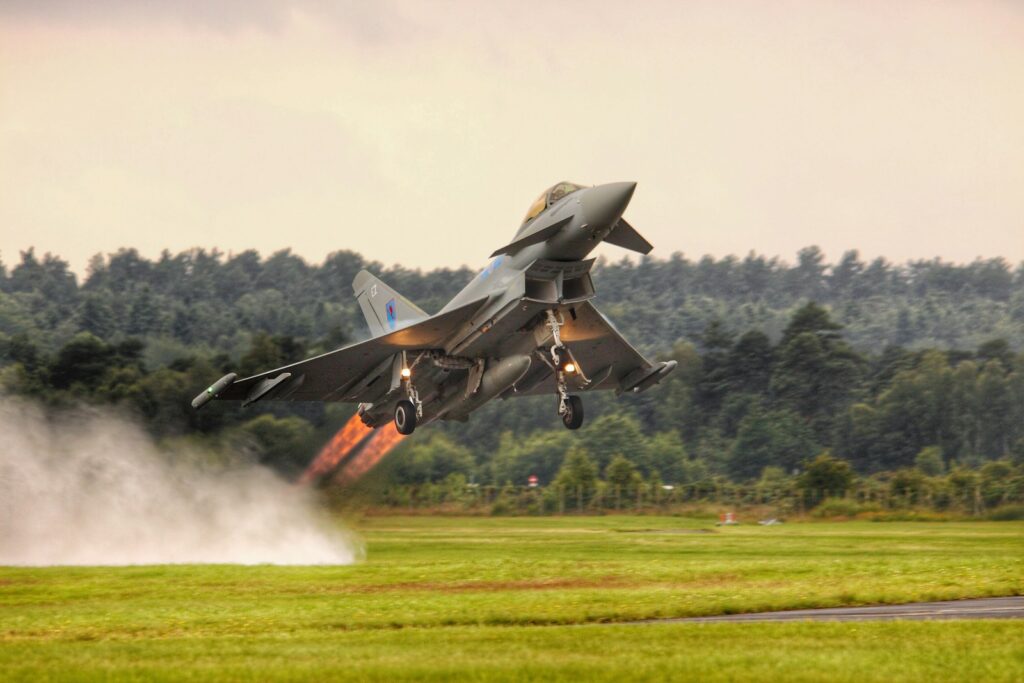
The success of the deep strikes was partly attributed to Russia likely being complacent about protecting these distant sites. The sheer distance from the Ukrainian border was seemingly considered sufficient protection, leading to a lack of adequate defensive measures. At bases like Belaya, prized aircraft were reportedly parked in plain sight on the airfield, clearly visible in publicly available satellite images.
Satellite imagery provided to CNN showed planes parked alongside what appeared to be decoys – pictures of planes painted on the ground. Some aircraft were also seen with tires and other dark objects placed on their wings and roofs, in an apparent attempt to make them harder to spot for some missile guidance systems. These measures, however, proved insufficient against the tactics employed by Ukraine.
Russian air defenses at these bases were reportedly not prepared for the specific nature of the attack, which involved low-altitude and sudden approaches. Experts noted that heavy machine guns are the most effective way to stop such attacks, similar to how Russia has used them against Ukrainian sea drones. However, these defenses were either unavailable or not rapidly deployed at the targeted air bases, likely because Russia did not anticipate this type of threat profile at these deep locations.

Rather than attempting to fly drones thousands of kilometers from the border, Ukraine employed an audacious strategy of smuggling them much closer to the intended targets. According to the SBU, the drones were smuggled into Russia by its operatives. At some point, likely already inside Russian territory, the drones were hidden within mobile wooden sheds.
Photos obtained by CNN showed the drones tucked just under the sheds’ metal roofs, slotted into insulation cavities. These wooden cabins were then placed on trucks and driven to locations near the targeted bases. This method effectively bypassed Russia’s layered air defenses designed to detect threats approaching from the border.
Reports in Russian media suggested the trucks were bought by a Ukrainian man residing in Russia, who then allegedly hired drivers to transport them. While neither Russian nor Ukrainian authorities officially commented on these specific reports, Russian state media reported authorities in the Irkutsk region were searching for a man suspected of involvement with a name matching the one reported by independent channels. This suggests a localized element to the final stages of delivery. Once the trucks were in position near the bases, the cabin roofs would open, allowing the drones to fly towards their targets.

A critical element of the operation was the method used to control the drones once they were near the targets. A senior source with Ukraine’s drone development program indicated that the pilots who flew the drones were likely nowhere near the launch locations. Instead, they would have set up an internet hub allowing them to control the first-person view (FPV) drones remotely, rapidly deploying each drone and hitting targets one by one.
The source suggested that this communication hub could be as simple as a Russian cell phone, which would be harder to track compared to other systems like Starlink, commonly used in Ukraine. A source briefed on the matter confirmed that the attack was carried out via Russian telecommunications networks. This use of local infrastructure for control allowed the pilots to operate from a distance and potentially from a safer location, adding another layer of complexity for Russian defenders attempting to locate and jam the control signals.
This method underscores the ingenuity employed to overcome the vast distances and potential electronic warfare countermeasures. By leveraging existing, difficult-to-track networks within Russia, Ukraine’s operators could maintain control of the drones during their critical final approach and strike phases, significantly increasing the likelihood of mission success despite the operational challenges of deep penetration.
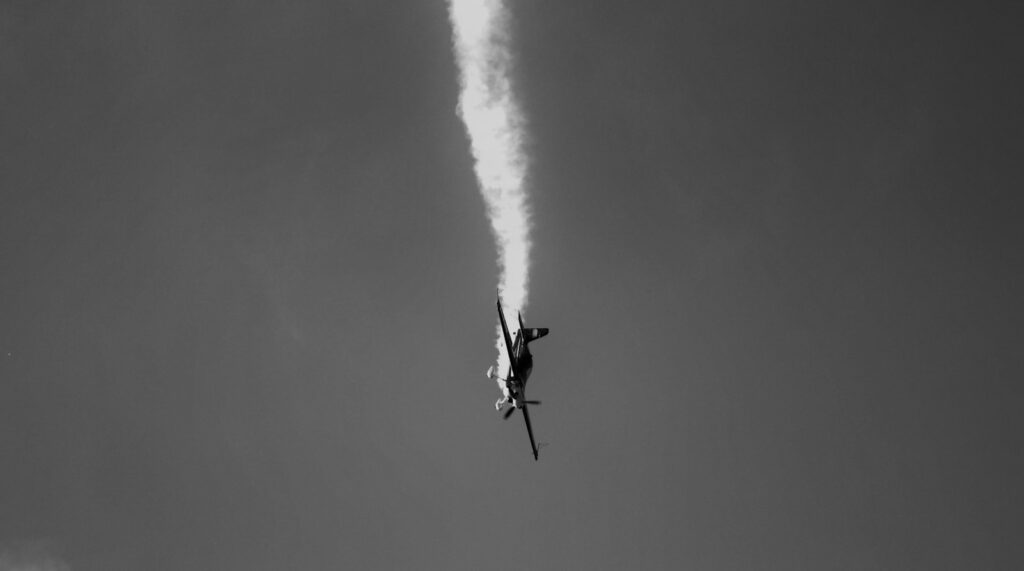
Footage released following the strikes provided compelling visual evidence of the operation’s execution and precision. The video, released by the SBU, showed drones approaching dozens of planes of different types across several airfields. Aircraft were seen burning and exploding around them, confirming the impact of the strikes.
The footage demonstrated the drones getting incredibly close to the aircraft, flying around them to look for optimal strike points. They appeared to approach the aircraft seemingly undetected in these final moments, hitting one plane after another. This visual confirmation validated Ukraine’s claims of successful strikes and offered a stark illustration of the vulnerability of the parked aircraft.
Videos shared on social media, verified and geolocated by CNN, further supported the claims, showing events such as two drones flying out of a truck near the Belaya air base towards thick dark smoke from a previous strike. Another video from the same location showed the truck used for transport on fire after what appeared to be a self-destruct mechanism. These visuals provided undeniable proof of the operation’s scope and effectiveness, contradicting initial attempts by some to downplay the incident.
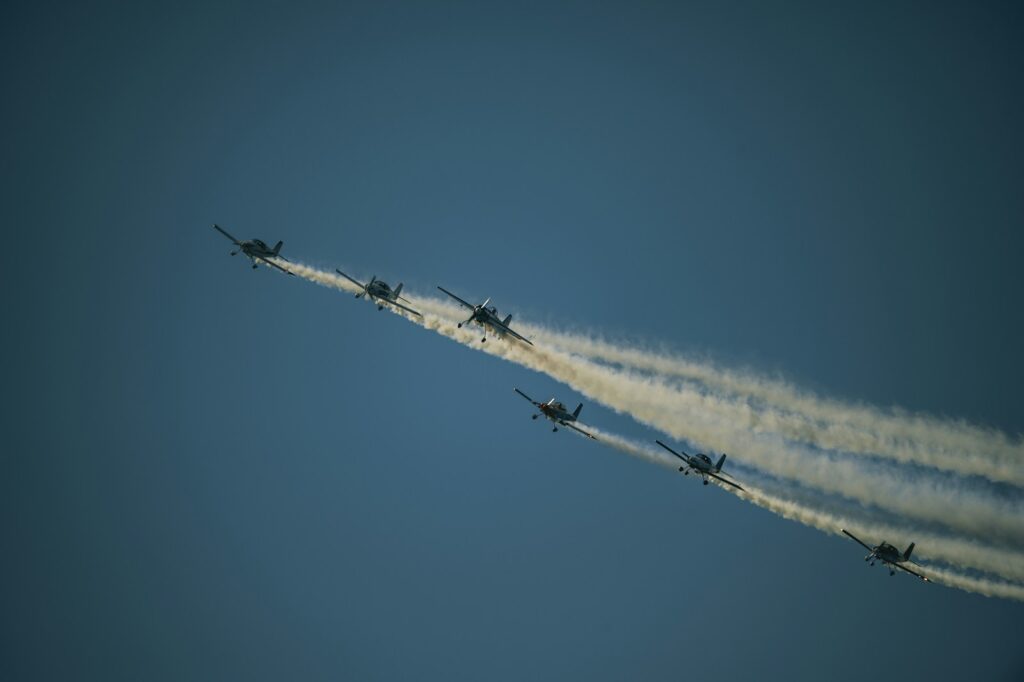
The scale of the operation was significant, involving a large number of unmanned aerial systems. Ukraine’s President Volodymyr Zelensky stated that 117 drones were used in the operation targeting the Russian airfields. This large number, deployed across multiple distant locations spanning three time zones, highlighted the logistical and operational complexity involved in coordinating such a widespread attack.
Furthermore, Zelensky revealed that the attack was not a hastily planned response but had been in development for a considerable period. He stated that the operation was in the making for “one year, six months and nine days.” This lengthy planning phase indicates a deep commitment to executing the strikes, allowing time for meticulous preparation, including potentially identifying targets, developing the drone smuggling method, establishing remote control capabilities, and positioning operatives.
The combination of the large number of drones used and the extended planning period underscores the strategic importance Ukraine placed on this operation. It reflects a patient and methodical approach to striking high-value targets deep behind enemy lines, leveraging asymmetric capabilities to challenge a larger adversary. Zelensky praised the security services for what he termed a “brilliant” operation, acknowledging the extensive effort and coordination required for its successful execution.
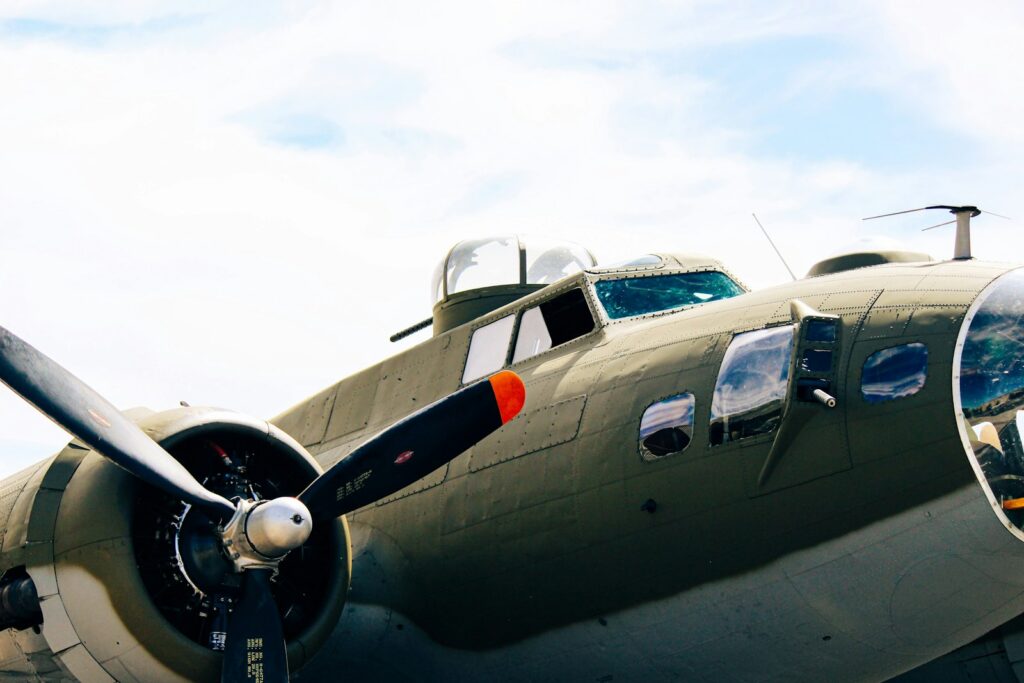
Following the strikes, Ukrainian military officials stated that 41 Russian aircraft were hit across the targeted airfields. These included strategic bombers and surveillance planes, with some reportedly destroyed and others damaged. While Russian officials downplayed the scale, Russian military bloggers described the event as a “tragic loss for the entire Russian air fleet.”
The SBU claimed the strikes caused an estimated $7 billion in damages and affected 34% of Russia’s strategic cruise missile carriers at its main air bases. Ukraine specifically claimed to have destroyed several TU-95 and Tu-22M3 strategic bombers and one of Russia’s few remaining A-50 surveillance planes. Air force spokesman Yuriy Ihnat noted that some aircraft were completely destroyed or damaged beyond repair, while others might be repairable but would likely be out of action for a “long time.”
A source briefed on the matter indicated that 27 Tu-95, four Tu-160, two Tu-22M3, and “probably” an A-50 aircraft were hit. The strategic bombers targeted are crucial for Russia’s long-range missile strikes against Ukraine and its nuclear deterrence patrols. Replacing these aircraft would be very difficult for Russia, as some models have not been produced for decades, according to Justin Bronk, a senior research fellow at the Royal United Services Institute.
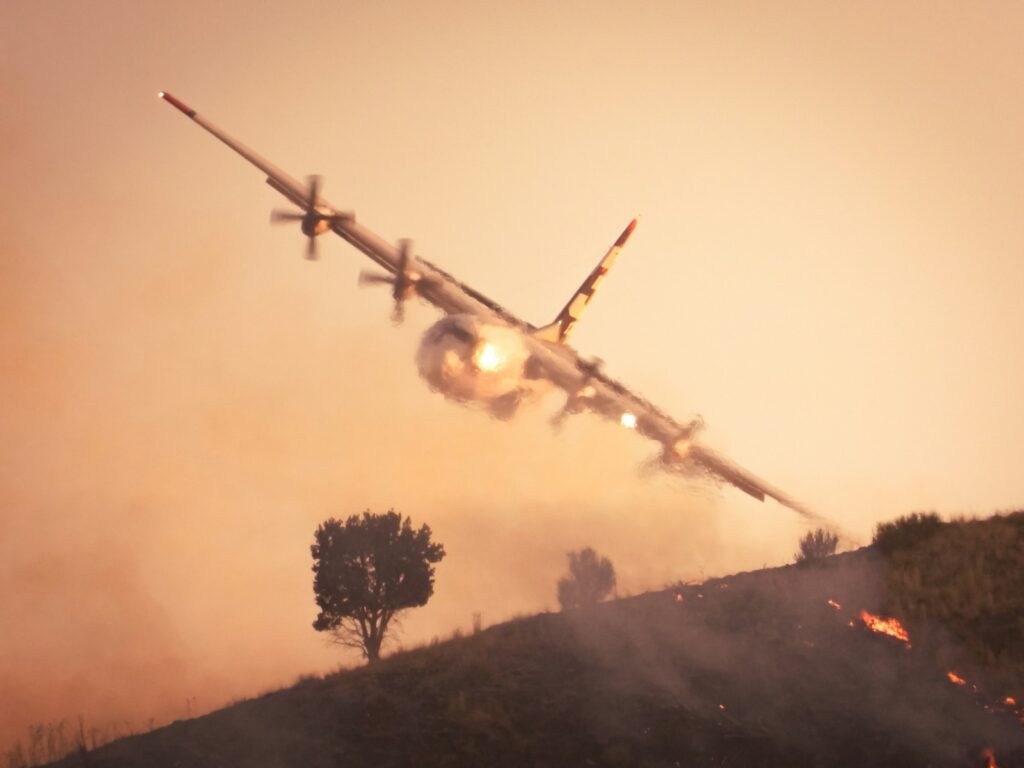
Russia’s Defense Ministry initially downplayed the attacks. In an official statement, they claimed strikes were repelled in the Ivanovo, Ryazan, and Amur regions. They admitted that “several pieces of aircraft” caught fire after attacks in the Murmansk and Irkutsk regions, but stated the fires had been extinguished and there were no casualties.
However, this narrative was challenged by several high-profile Russian military bloggers. The Rybar blog, for instance, described the attack as a “tragic loss for the entire Russian air fleet.” It attributed the success of the operation to “criminal negligence” on the Russian side, contrasting sharply with the official stance minimizing the impact.
While authorities attempted to present the situation as contained, the criticism from within the pro-Russian military commentary sphere highlighted the severity of the damage and the perceived failures in preparation and defense. This discrepancy between official reports and internal commentary underscored the significant psychological and operational blow the strikes represented for Russia.

Ukraine’s unprecedented drone assault has sent shock waves through Washington, according to a Politico report. The success of relatively low-cost, crewless systems guided by artificial intelligence in inflicting significant damage on a sophisticated air force has intensified concerns in Washington over the security of U.S. military bases. Officials acknowledge the devastating potential demonstrated by Ukraine.
This revelation carries glaring implications for the U.S., especially in contested regions such as the Pacific. Lawmakers and military officials are warning that U.S. aircraft remain unprotected, with many parked in open areas without adequate shelter or camouflage. The attack exposed vulnerabilities in U.S. military infrastructure previously thought to be less susceptible to such deep and precise strikes.
The ease with which Ukraine reportedly obliterated five military bases and damaged more than 40 aircraft using over 100 drones deep inside Russian territory has served as a stark wake-up call. The experience highlights that distance or perceived security due to location are not sufficient defenses against innovative drone tactics, raising questions about the preparedness of U.S. bases for similar threats.

The Ukrainian strikes prompted Gen. David Allvin, the Air Force chief of staff, to call them a “wake-up moment.” Speaking at a Center for a New American Security event, he suggested that the damage, estimated by Ukraine at $7 billion, would weigh heavily in defense budget discussions. He noted that “seemingly impenetrable locations, maybe, are not.”
Lawmakers echoed these concerns. Senator John Boozman, R-Ark., chair of the Appropriations Subcommittee on Military Construction and Veterans Affairs, stated, “It has to make you much more aware of how vulnerable we as a nation are.” He drew a parallel, saying, “The Ukrainians defeated the Russian navy without owning any ships, and now they’ve decimated their air force with virtually no air force of their own.”

The success of Ukraine’s low-cost drone tactics may force a rethink of the types of threats the US’s ambitious Golden Dome air defense project must address. This project, announced by President Donald Trump, is envisioned as a layered missile shield, potentially including space-based satellite weapons, designed primarily to counter large ballistic, cruise, and hypersonic missiles.
Gen. David Allvin found it “fascinating” to consider that the Golden Dome would need to counter not only traditional advanced missile threats but also “some of these closer-in, more effective ones” demonstrated by the Ukrainian drone strikes. While the space-based components are safe, the land- and sea-based elements, such as early warning radars and missile defense systems, could be vulnerable to cheap drone attacks at close range.
Effective defenses against such threats are still evolving, likely involving a mix of physical and electronic shielding alongside short-range weapons like lasers. The Ukrainian attack shows that even systems designed against high-end threats may need protection or modification to defend against swarm attacks by inexpensive unmanned systems, highlighting a critical aspect of modern warfare that the Golden Dome may need to factor in.
Beyond deep strikes, drones are becoming central to Ukraine’s overall battlefield strategy, particularly as troop numbers are reportedly dwindling and US aid has faced pauses. Konrad Muzyka, a military analyst, starkly assessed, “The only thing keeping Ukrainian lines in the shape they are right now is drones, FPV, and bomber drones; without them, it would be very bad.”
Ukrainian officials refer to a “drone line” and some analysts call it a “drone wall” – a continuous defensive corridor along vulnerable positions using a web of cheap but lethal machines. Drones are employed for reconnaissance, strike missions, logistics, evacuation, and mine-laying. In some areas, they function as a substitute for infantry, plugging gaps on a fragmented front line where there aren’t enough soldiers.
First-person view (FPV) drones are launched at an unprecedented scale to delay and disrupt Russian advances, buying time for Ukrainian forces to reposition or counterattack. While not a standalone war-winning strategy, according to analyst Mathieu Boulègue, drones are crucial tactical enablers, helping achieve battlefield victory and inflict damage on key enemy assets, like the recent airbase strikes demonstrated. Unmanned weapons now reportedly inflict about 70% of all casualties in the war on both sides, more than all other weapons combined.
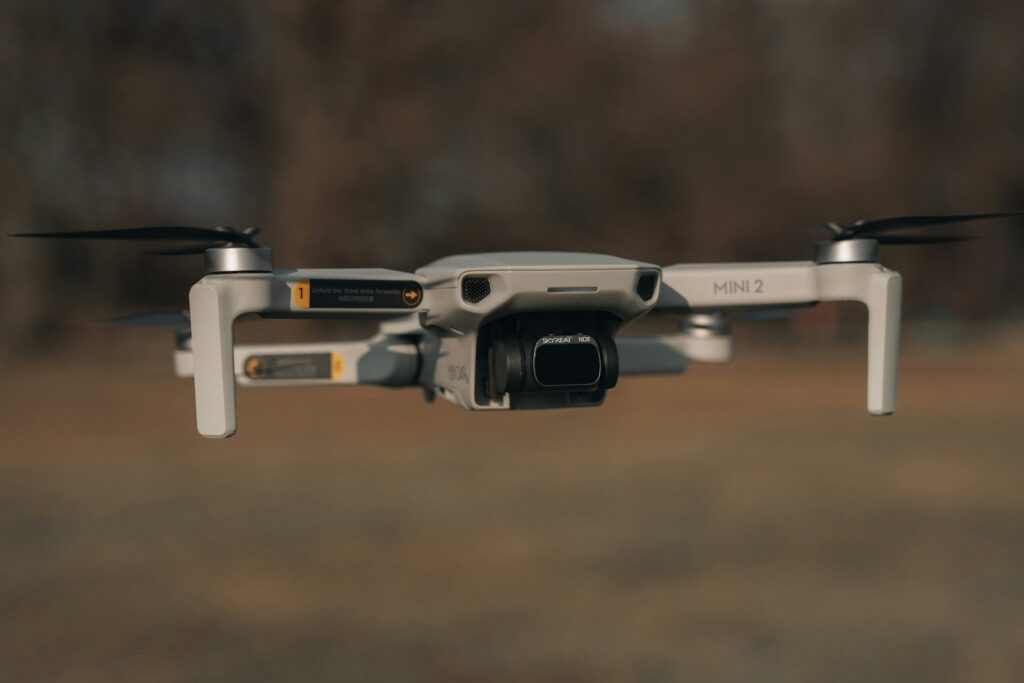
The conflict in Ukraine has become a hotbed for a fast-paced technological arms race. Russian forces are constantly adapting to Ukraine’s drone use, for example, by stepping up strikes on radar stations guiding drone interceptors to blind Ukrainian artillery and reconnaissance capabilities. Russian units are also locating and targeting Ukrainian drone operators using various intelligence methods.
A concerning development is the emergence of fiber-optic drones, which are immune to radio jamming because they are controlled by cable. The only way to counter these is physical destruction or cutting the cable. While Ukraine has rendered tactical surprise difficult for Russia within 20-30km using its reconnaissance drones, longer-range reconnaissance remains a gap.
Adding to the challenges, Ukrainian experts reportedly fear Russia could field 1,000 Shaded-type drones nightly, potentially leveraging joint Chinese-Russian engineering for standardized mass production. Despite these threats, Ukraine has shown remarkable innovation and domestic production growth, projecting 4.5 million drones this year and producing 30% of its own weapons. The coming months will test the efficiency of Ukraine’s drone and artillery operations, troop preservation, and the continuity of international supplies in this escalating technological competition.
The revelations from these daring strikes serve as a potent reminder that the face of modern warfare is changing rapidly, driven by innovation and the relentless pursuit of technological advantage on both sides. The battlefield is not just on the ground but increasingly in the sky, where seemingly simple, low-cost systems can challenge even the most sophisticated military powers. The lessons learned here, from striking deep behind enemy lines to adapting defense strategies, are profoundly relevant for military planners and policymakers worldwide as they grapple with the implications of unmanned systems and the accelerating pace of this new arms race.

